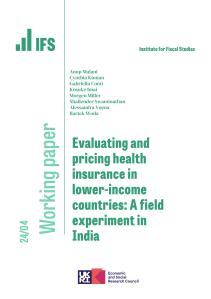Abstract
AIMS:
To validate the LeicesterSelf-Assessmentscore using a representative English dataset for detecting prevalent non-diabetic hyperglycaemia or undiagnosed Type2diabetes (defined as HbA1c ≥6.0%) and for identifying those who may go on to develop Type2diabetes within 10 years.
METHODS:
Data were taken from the EnglishLongitudinalStudy of Ageing, a nationally representative dataset of people aged ≥50 years. The area under the receiver-operator curve and performance metrics for the score at the recommended score threshold (≥16), were calculated for the outcomes of HbA1c ≥42 mmol/mol (6.0%) at baseline and self-reported Type2diabetes within 10 years in those aged 50-75 years at baseline.
RESULTS:
A total of 3203 individuals had a baseline HbA1c measurement, of whom 247 (7.7%) had an HbA1c concentration ≥ 42 mmol/mol (6.0%). The area under the receiver-operator curve was 69.4% (95% CI 66.0-72.9) for baseline HbA1c ≥42 mmol/mol. A total of 3550 individuals had diabetes status recorded at 10 years, of whom 324 (9.1%) were diagnosed with Type2diabetes within this time; the area under the receiver-operator curve for this outcome was 74.9% (95% CI 72.4-77.5). The score threshold of ≥16 had a sensitivity of 89.2% (95% CI 85.3-92.4) and a specificity of 42.3% (95% CI 40.5-44.0) for Type2diabetes within 10 years.
CONCLUSIONS:
The LeicesterSelf-Assessmentscore is validated for use across England to identify people with non-diabetic hyperglycaemia or undiagnosed Type2diabetes. Those with a high score are at high risk of developing diabetes in the future. This article is protected by copyright. All rights reserved.








